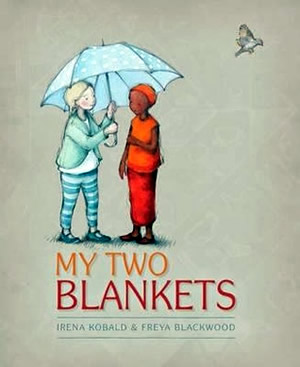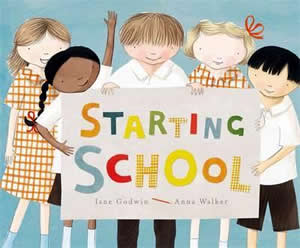Why Do Families Change? By Dr Jillian Roberts and Cindy Revell, Orca Book Publishers, 2017. ‘A reassuring and straightforward explanation of separation and divorce.’ Are you and your family experience separation or divorce and don’t know how to talk to your children about it? Why Do Families Change? opens with ‘Many animals in nature choose lifelong mates’. On the opening double page spread, we see three sets of paired birds and three sets of paired couples, including one same-sex couple. The following page continues in this light with more couples from different cultures getting married, as well as another same-sex couple. It stresses that some couples choose to have a common-law relationship where they live together but don’t actually get married. Why Do Families Change? presents a very open-minded view of the different types of relationships that are possible. It gently introduces children to the fact that some people stay married for their whole lives, while others separate or divorce. The story goes on to explain what separation is, and what divorce is, and why these changes can happen. Why Do Families Change? addresses the all-important issue that many children face, ‘Is it my fault?’. No matter how old your children are, there…
The Toast Tree By Corina Martin and Fren Martins, Magabala Books, 2015. Ella and Mia live in a small dusty town surrounded by the sea. When their grandfather brings home squares of delicious toast picked from a magical tree growing int he sand dunes, they set off to look for the very special tree. Grandpa has access to a magic toast tree and he surprises Ella and Mia with delicious honey toast when he returns from work every afternoon. The toast is delicious and tastes better than any toast they’ve ever tasted. They love it when Grandpa brings home the toast and they want to know where he gets it from. ‘The toast tree grows in the sand dunes,’ he tells them. The girls decide to search for the toast tree themselves, but instead of finding the toast tree, they discover a flower that tastes like honey. Grandpa sees them and scolds them, and tells them the magic sill stop if they find the tree. Because the girls don’t want the magic to stop, they leave the flowers alone. If your child has ever dreamed of a magic tree that bears their favourite food, they will enjoy this story. The Toast…
My Two Blankets By Irena Kobald and Freya Blackwood, Little Hare, 2014. ‘Cartwheel has moved to a place that is so strange to her, she no longer feels like herself. This is a story about new ways of speaking, new ways of living, new ways of being.’ In My Two Blankets, we travel with Cartwheel across countries to a new world far from the world she grew up in and is familiar with. She feels isolated and alone, and goes home and hides under her old blanket, where she feels safe. She mentions that when she went out, it felt like she was ‘standing under a waterfall of strange sounds. The waterfall was cold. It made me feel alone.’ Her old blanket is adorned with familiar objects from her homeland. Then, one day when she is in the park, she makes a friend. Her new friend begins to teach her new words, and as Cartwheel grapples with her new language, she doesn’t feel so much like she is under a waterfall anymore. She soon begins to weave herself a new blanket encapsulating the words and images of her newfound language. And, as she learned the new words she ‘whispered them…
Starting School By Jane Godwin and Anna Walker, Penguin Viking, 2013. ‘Tim, Hannah, Sunita, Joe and Polly are all off to school for the first time. Would you like to meet them and see how they go?’ Starting School takes us through all the different parts that make up starting at school, from the first day and meeting other students and the teacher, to an orientation around the school and in the classroom. The story concludes with a question, ‘What do you like about school?’. This can open a conversation between your and your child to discuss their experiences when they have started school, but could equally start as a conversation about what they think they might like about starting school if they haven’t already. Know the rules in school. Put your hand up. Listen to the teacher. Look after your things. Don’t run in the classroom. There are look and find elements on the opening endpapers, where we are introduced to the names of the children in the class as well as the teacher, and we see all of their favourite things; possibly what they’ve brought to school on their first day and have in their desks. The closing…
Australian Babies By Magabala Books, 2005. ‘Rich with the colours of the Kimberley landscape in Western Australia, the vibrant photographic images reflect Australia’s multicultural community.’ Australian Babies is a lovely little board book for babies and toddlers. It has ten pages with photographs of babies from diverse backgrounds who make up some of the heritage of babies in Australia today. There are things to look for and point out on each page, such as a dog, chickens, books, trees, rocks, shells, etc. It is small in size, 143 x 156 mm. It was a little bit difficult to rank this book based on the criteria we use to measure, as there were no words and the book was so small. We hope you like this book 🙂






